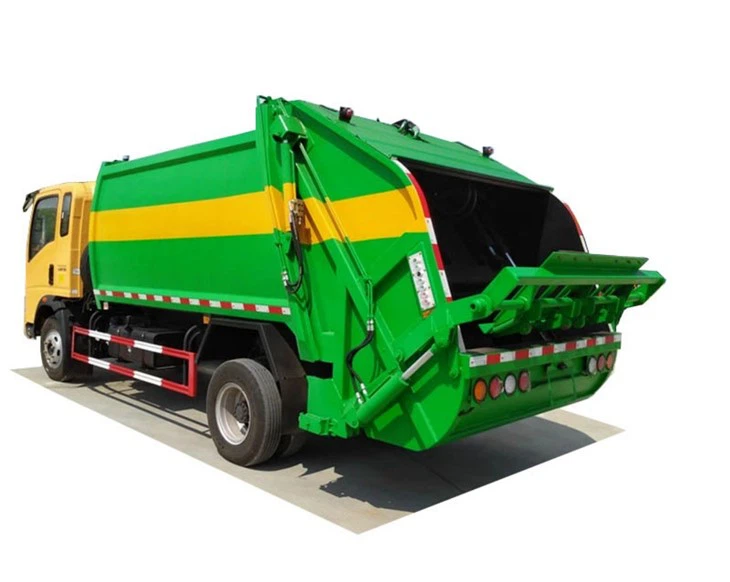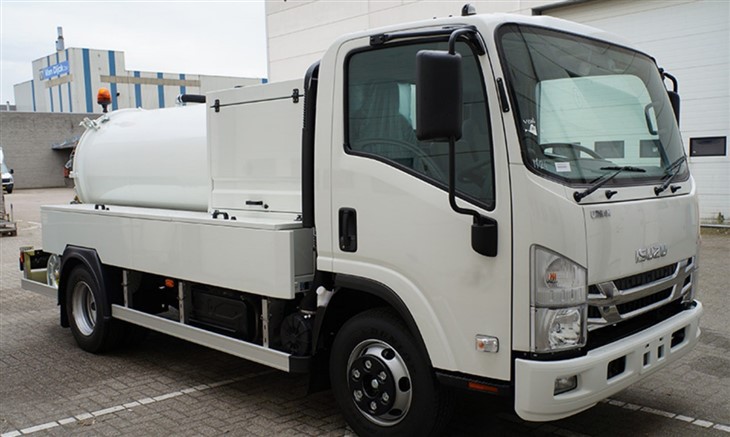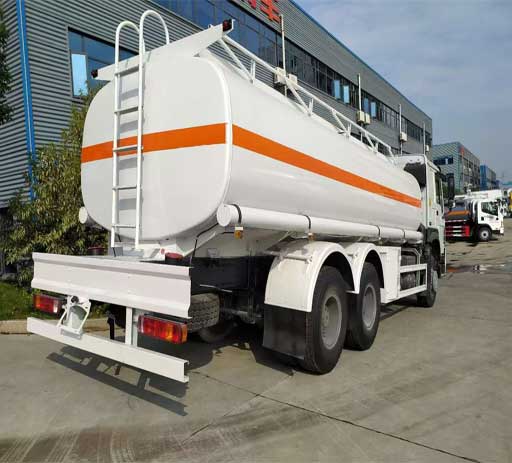Fire Trucks: Understanding the Different Types

Fire trucks are essential vehicles for firefighting and emergency rescue operations. They are specifically designed to carry firefighting equipment and personnel, and their types cater to different needs. In this article, we will explore the various types of fire trucks, their features, and their specific uses in firefighting and rescue missions.
What Are Fire Trucks?
Fire trucks, also known as fire apparatus, are specialized vehicles that contain equipment for firefighting, rescue operations, and emergency response. These vehicles are vital for combating fires, saving lives, and protecting property. Below, we will delve into the different types of fire trucks and their unique characteristics.
Types of Fire Trucks
1. Pumper Trucks
Pumper trucks are the most common type of fire truck. They are designed to transport water and firefighting personnel to the scene of a fire. Equipped with pumps, hoses, and water tanks, pumper trucks play a vital role in firefighting operations.
Features of Pumper Trucks
- Water tank capacity Typically ranges from 500 to 3,000 gallons.
- Pumps capable of producing 1,000 gallons per minute or more.
- Hoses, nozzles, and firefighting equipment readily available.
Example Use Case
In a residential neighborhood fire, a pumper truck will arrive first to quickly set up a water source and deploy hoses to douse the flames and protect nearby homes.
2. Ladder Trucks

Ladder trucks are equipped with extendable ladders that aid in reaching high places. They are fundamental when dealing with high-rise buildings or multi-story structures.
Features of Ladder Trucks
- Telescoping ladders that can reach heights of 100 feet or more.
- Additional tools like hydraulic rescue equipment, lights, and ventilation fans.
Example Use Case
During a fire in a skyscraper, ladder trucks are deployed to rescue occupants trapped in upper floors while also providing firefighters access to the fire source.
3. Tanker Trucks
Tanker trucks are designed for transporting large quantities of water to areas where water sources are limited, such as rural areas or during wildfires.
Features of Tanker Trucks
- Water capacity can exceed 3,000 gallons, up to 5,000 gallons or more.
- Can be equipped with pumps for immediate water supply.
Example Use Case
In a rural wildfire, tanker trucks fill their tanks from a nearby water source, then transport and discharge water at the fire site to hinder its spread.
4. Rescue Trucks
Rescue trucks are specialized vehicles designed for emergency medical services and rescue operations, often equipped with life-saving equipment.
Features of Rescue Trucks
- Equipped with medical equipment, such as defibrillators and stretchers.
- Tools for extricating trapped persons, like hydraulic cutters and spreaders.
Example Use Case
During a vehicle accident, a rescue truck arrives at the scene to provide medical assistance and extricate individuals trapped inside a wrecked vehicle.
5. Wildland Fire Engines
Designed for fighting fires in rugged terrain, wildland fire engines are smaller and more maneuverable than standard fire trucks.
Features of Wildland Fire Engines
- 1,000 – 650 gallons water capacity.
- Lightweight chassis suitable for off-road operations.
Example Use Case
In a forest fire, wildland fire engines can navigate tight trails to access remote areas and deploy water or fire retardant directly onto the flames.
6. Aerial Firefighting Resources
Aerial firefighting resources often include helicopters and fixed-wing aircraft. These are used for supporting ground firefighting efforts.
Features of Aerial Firefighting Resources
- Ability to drop water or fire retardants from the air.
- Access to remote areas that are hard to reach by ground vehicles.
Example Use Case
When a wildfire spreads through inaccessible terrain, aerial firefighting resources drop water payloads from above, helping to control the fire’s advance.
Choosing the Right Fire Truck
Factors to Consider
When selecting a fire truck, many factors come into play, including:
- The type of emergencies commonly encountered.
- Local regulations and compliance requirements.
- Budget constraints and funding sources.
Practical Tips for Fire Departments
- Conduct a needs assessment to determine the types of vehicles most beneficial for the community.
- Engage in collaborative discussions with neighboring departments for shared resources.
- Consider future growth and how evolving needs might impact vehicle requirements.
Fire Trucks Around the World
Regional Variations
Fire trucks vary greatly around the world based on local needs and conditions. For example:
- In urban areas, you might find more pumper and ladder trucks, while rural regions might rely on tankers and wildland engines.
- Different countries may utilize different designs and configurations tailored to their specific challenges.
Example: Fire Trucks in the United States vs. Europe
| Type | United States | Europe |
|---|---|---|
| Pumper | Standard trucks with high water capacity | Smaller vehicles, often combined with rescue functions |
| Ladder | Extendable aerial ladders | May include adjustable platforms for rescues |
| Wildland Engine | Heavier and less maneuverable | More lightweight options available |
The Technology Behind Fire Trucks
Innovations in Fire Truck Design
Modern fire trucks utilize advanced technology to enhance their effectiveness:
- Use of GPS and mapping software to streamline route planning to emergencies.
- Integrated communication systems for better coordination during emergencies.
- Hydraulic systems that enhance lifting and loading capabilities of the truck.
Future Technologies
Emerging technologies such as electric-powered fire trucks and drones for aerial surveillance provide exciting future directions for fire response capabilities.
Maintaining Fire Trucks
Regular Maintenance Procedures
To ensure safety and functionality, fire trucks must undergo regular maintenance routines, including:

- Routine checks of pumps and hoses.
- Inspection of the vehicle’s mechanical systems.
- Regular cleaning and upkeep of all equipment.
Common Issues and Repairs
Some common issues firefighters face include:
- Worn hoses that need replacing.
- Engine issues that arise due to heavy usage.
Fire Truck Personnel Training
Importance of Training
Effective operation of fire trucks requires comprehensive training for personnel. This training ensures they are well-equipped to handle equipment and respond to emergencies.
Types of Firefighter Training
- Hands-on training for operating specific truck equipment.
- Simulated exercises for fire scenarios.
- First aid and medical response training.
FAQs About Fire Trucks

1. What is the main purpose of a fire truck?
The main purpose of a fire truck is to transport water, firefighting equipment, and personnel to the scene of a fire or emergency.
2. How are fire trucks classified?
Fire trucks are classified based on their design and primary functions, such as pumper trucks, ladder trucks, rescue trucks, and tanker trucks.
3. What type of fire truck is best for rural areas?
Tanker trucks are often the best option for rural areas, as they can transport large quantities of water to locations without adequate water supply.
4. Can fire trucks be used for medical emergencies?
Yes, many fire trucks, especially rescue trucks, are equipped with medical supplies and personnel trained to provide emergency medical care.
5. How often should fire trucks be maintained?
Fire trucks should undergo regular maintenance checks, ideally annually, and before significant events or after extensive usage.
6. Are fire trucks equipped with advanced technology?
Yes, modern fire trucks feature advancements such as GPS systems, integrated communication tools, and hydraulic systems to enhance their operational capabilities.
